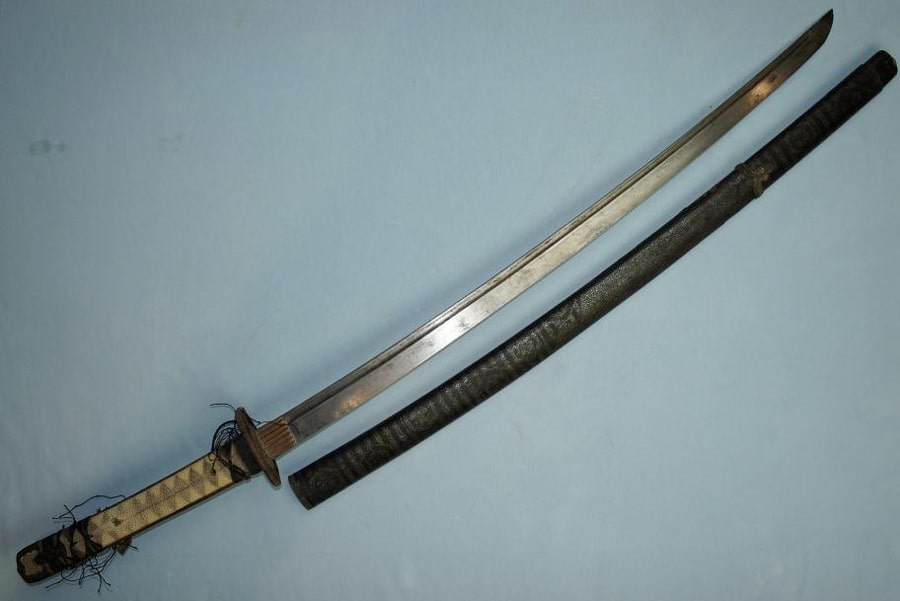Hand tailored Japanese swords otherwise called Samurai Swords or Katanas are exceptionally extraordinary swords that have been made with hand produced edges by conventional sword smiths and sword-production organizations the same. Normally, high quality swords are significantly more costly than efficiently manufactured reproductions and in that capacity, require more consideration and support. A hand tailored katana can go in cost from 100 up to a past 5000 relying upon various variables. Your interest in a hand tailored sword ought to be watched with a basic and cheap consideration to forestall long haul harm to the metal. Numerous sword proprietors are at legitimate fault for purchasing a pleasant sword and showing off it at their home or office – never trying to eliminate it from its casing to check for indications of harm. This absence of support, in any event, for a non-utilized sword can have extreme long haul impacts and ruin your valued assortment. The principal reason for legitimate sword upkeep is to guarantee the steel surface sharp edge does not rust or oxidize causing harm. It is basic to totally eliminate the entirety of the old oil and supplant it with new oil once the edge has been cleaned and ready.
Note

Despite the fact that your sharp edge front line seems to end where the handle starts, high quality swords really have the metal string out down inside the handle called the tang. It is likewise vital to clean and oil this surface also; monkata.fr this article just includes the genuine sharp edge support. We will talk about the legitimate method for dismantling and reassemble your katana in another article.
Customary Japanese apparatuses and supplies required for carefully assembled sword cleaning are
- Mekugi-Nuki a little metal mallet and borer combo instrument used to eliminate the bamboo stakes from the handle.
- Rice Paper Used to eliminate old oil from the edge, clean the sharp edge, and spreading of new oil onto the newly cleaned cutting edge.
- Uchiko powder ball with the most finely ground whetstone power, normally 30-35 gram, utilized for cleaning the edge’s surface. The powder is enveloped by Japanese carefully assembled paper called then rewrapped with cotton or silk fabric. The fine power gets through the wrapping when tapped tenderly on the outer layer of the cutting edge.
- Choji Oil kind of oil utilized on Japanese swords to forestall rusting